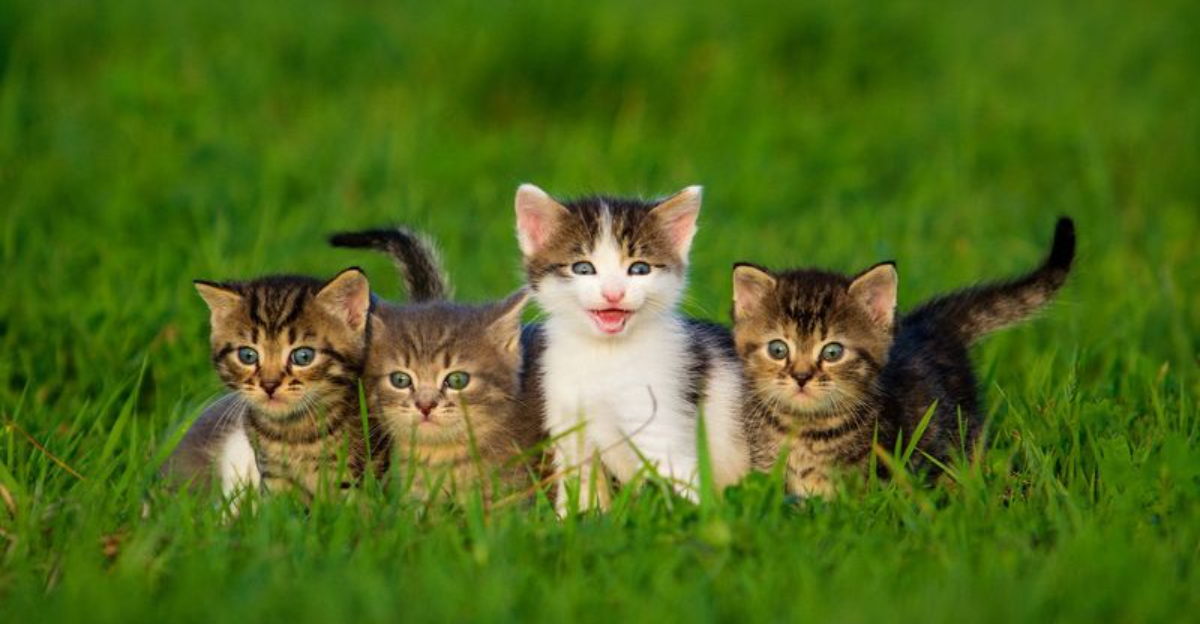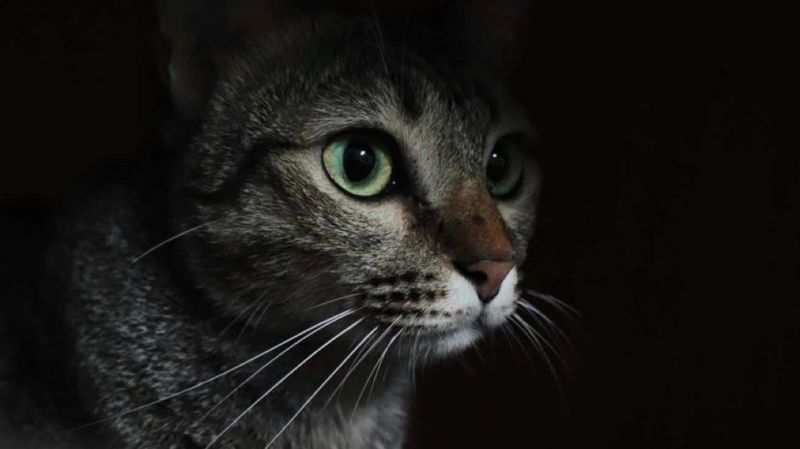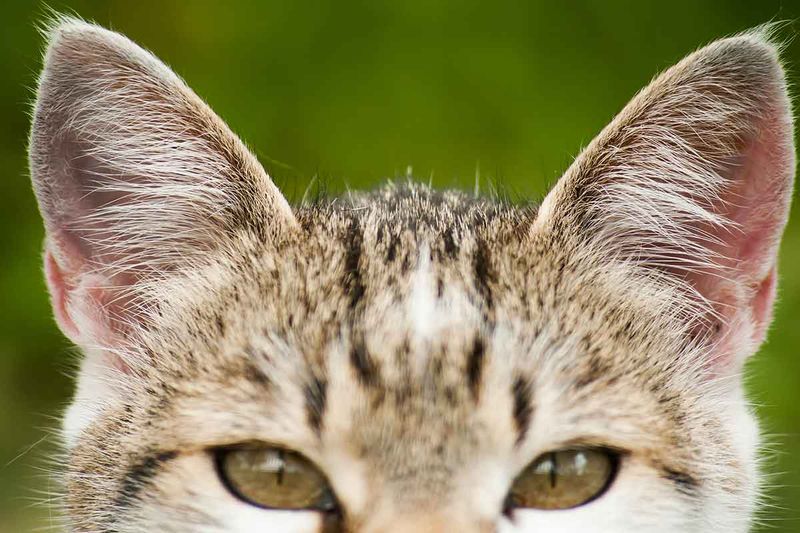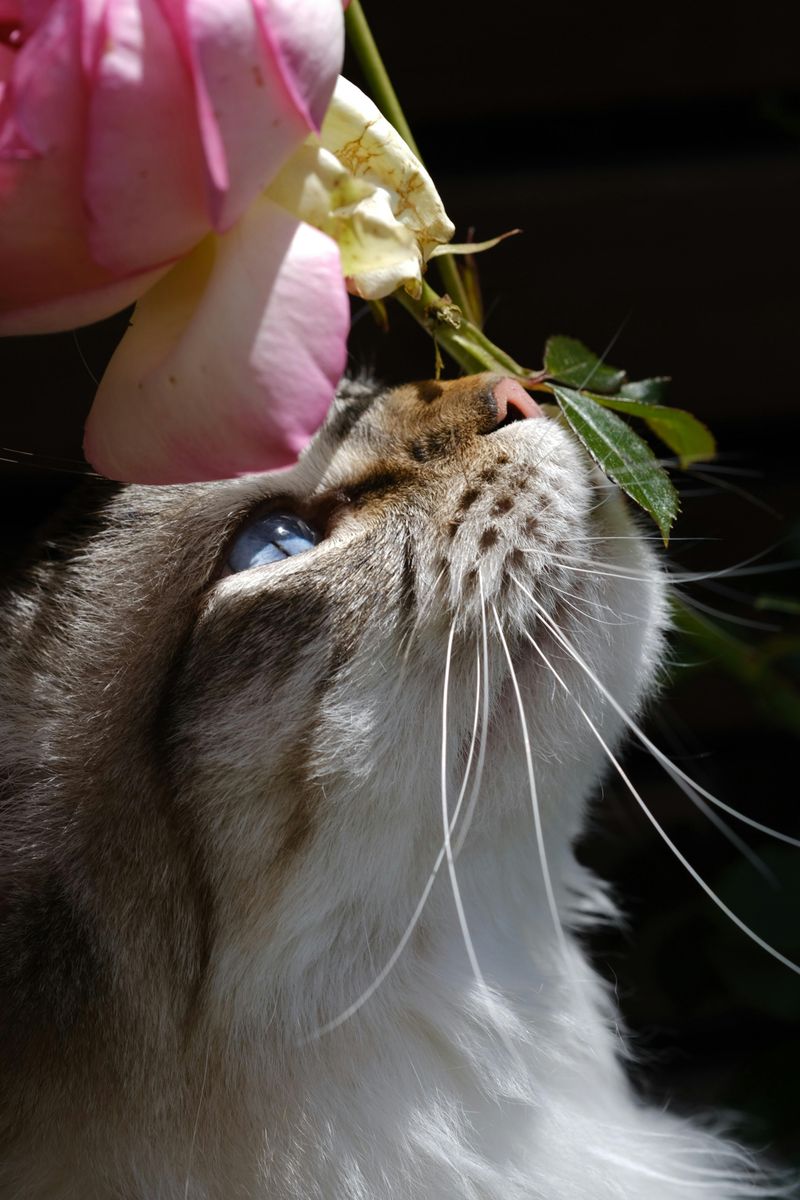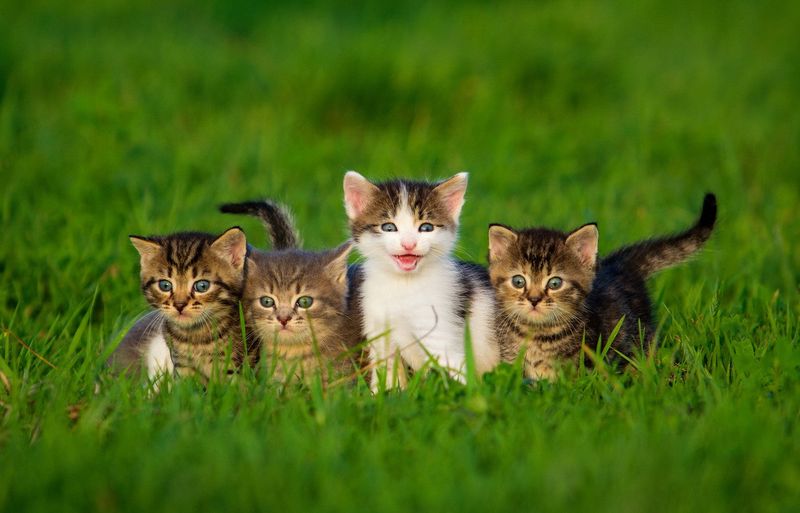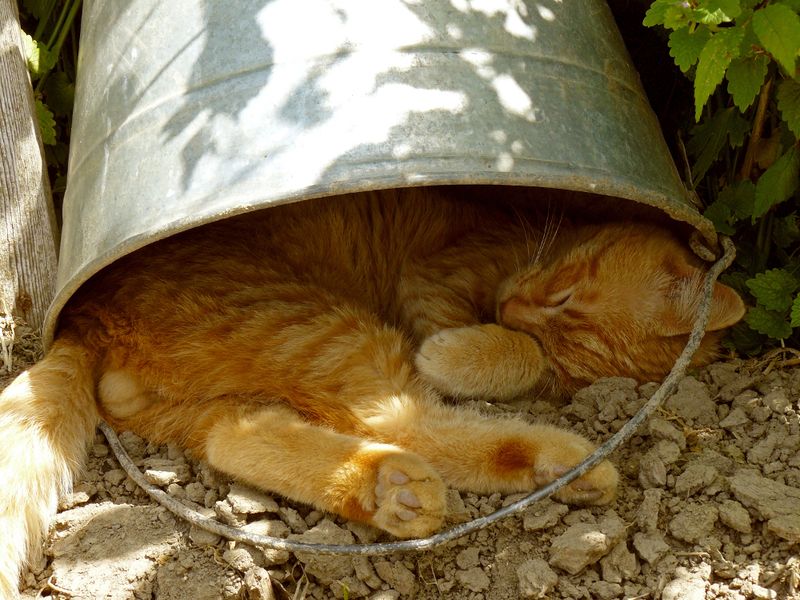📖 Table of Content:
Cats exhibit remarkable adaptability to changes in their environment, employing a combination of acute sensory perception, behavioral flexibility, and physiological adjustments to navigate and thrive in diverse settings. This blog post explores how these incredible creatures manage to adapt seamlessly to various environmental shifts, highlighting their unique traits and behaviors.
1. Vision: Nighttime Navigators
With eyes that seem to capture the very essence of the night, cats are nighttime navigators. Their large, dome-shaped corneas and abundant rod cells make them exceptional at seeing in low-light conditions. This allows them to hunt and explore when darkness falls. In a world where light dims, their vision remains as sharp as ever, providing an uncanny edge. Whether stalking a toy or a real-life prey, their sight is a testament to nature’s design. Did you know? Cats see in shades of blue and green but struggle with reds, unlike humans.
2. Hearing: The Subtle Listeners
Ever notice how a cat’s ears are always on the move? These subtle listeners have the ability to rotate 180 degrees, picking up sounds that are mere whispers in the air. This auditory prowess allows them to detect minute changes in their environment, recognizing threats or opportunities from afar. Their hearing is so acute that they can pinpoint the origin of a sound within inches. Whether it’s the rustle of leaves or a distant meow, their ears miss nothing. This adaptability is crucial for survival, offering both protection and advantage.
3. Smell: Nature’s Perfume Connoisseurs
With up to 200 million scent receptors, cats are nature’s perfume connoisseurs. Their sense of smell is not only a tool for detecting food but an intricate part of their environmental awareness. They can identify new animals, sense impending weather changes, and even recognize humans by scent alone. This olfactory ability creates a map of their territory through scent trails, offering insights invisible to human eyes. Cats often use this skill to find their way home or assess territory. Their nose is a gateway to a world rich in aromatic details.
4. Territorial Marking: The Silent Communicators
In the world of cats, territorial marking is a silent but powerful form of communication. Through scent glands located on their face and paws, cats leave invisible messages for other felines. This behavior reduces conflicts and establishes boundaries without confrontation. It’s a subtle yet effective way to manage social interactions and maintain harmony. Whether in a bustling city or a quiet suburb, these silent communicators adapt their markings to suit their environment, ensuring their presence is known. This instinctual behavior highlights their strategic approach to coexistence.
5. Social Adaptation: Solitary Yet Social
Though often perceived as solitary, cats are capable of remarkable social adaptation. When resources are plentiful, they can form loose social groups, displaying a flexibility that belies their independent nature. These connections are not as rigid as those seen in dogs but demonstrate a willingness to coexist and cooperate. Cats balance independence with social interaction, adapting based on necessity. In environments where food and space are limited, they revert to solitary habits. This adaptability ensures their survival in diverse settings while allowing for social bonds when conditions are favorable.
6. Stress Response: The Graceful Copers
Change can be stressful, but cats are graceful copers. When faced with environmental shifts, they may exhibit behaviors like hiding or increased grooming. These actions are not mere quirks but methods to manage stress. By maintaining familiar routines and gradual introductions to new situations, owners can help ease these transitions. Cats’ ability to adapt to stress showcases their resilience, allowing them to thrive even in uncertain circumstances. Their calm demeanor often hides a complex internal process of adjustment, a testament to their survival instincts.
7. Temperature Regulation: Masters of Comfort
Masters of comfort, cats have developed sophisticated methods for temperature regulation. In colder climates, their fur thickens, providing insulation against the chill. Conversely, in warmer areas, they seek shade and reduce activity during peak heat. This adaptability ensures they remain comfortable no matter the environment. Their behavior is a lesson in energy conservation, effortlessly adjusting to varying temperatures. It’s not just their fur that adapts; their behavior mirrors the demands of their surroundings, ensuring they strike a perfect balance between activity and rest.
